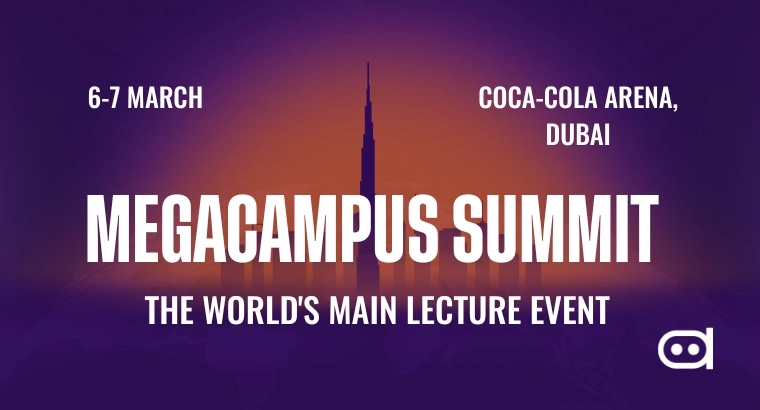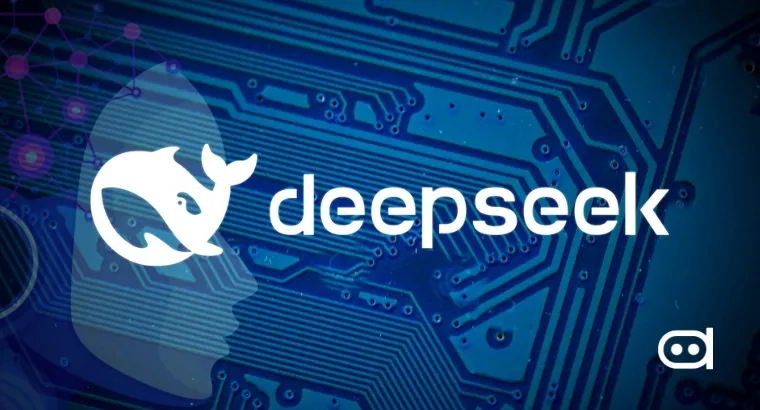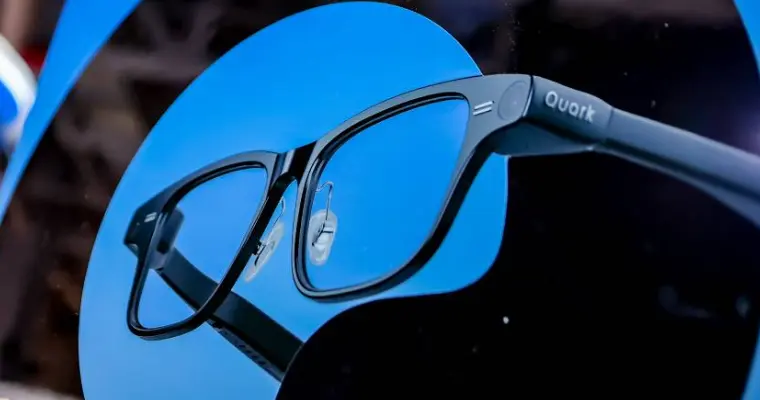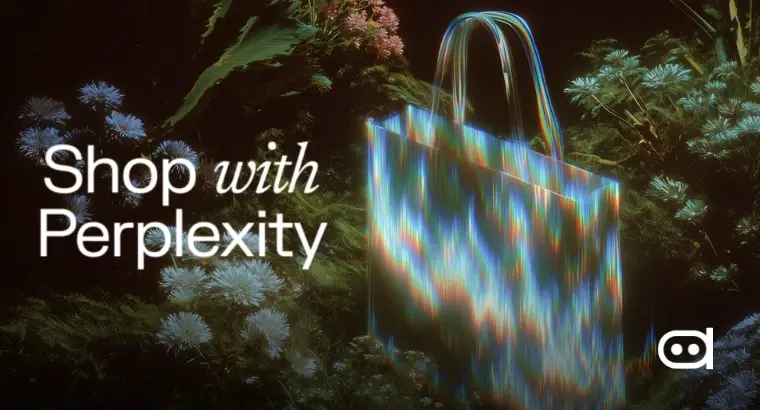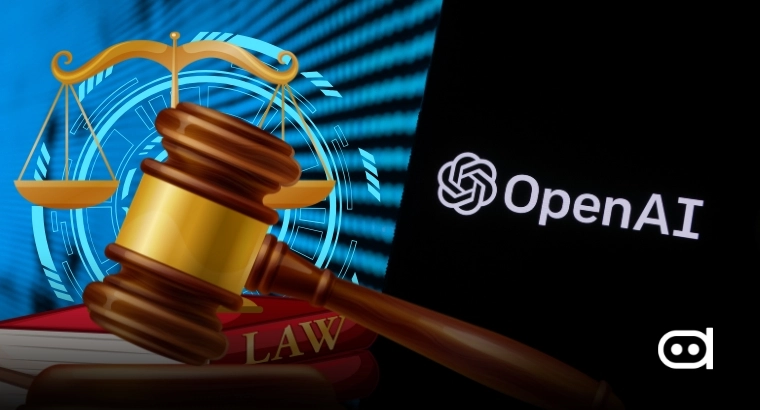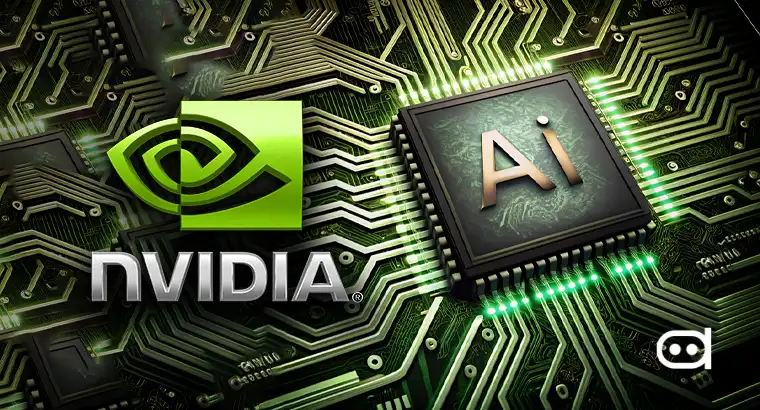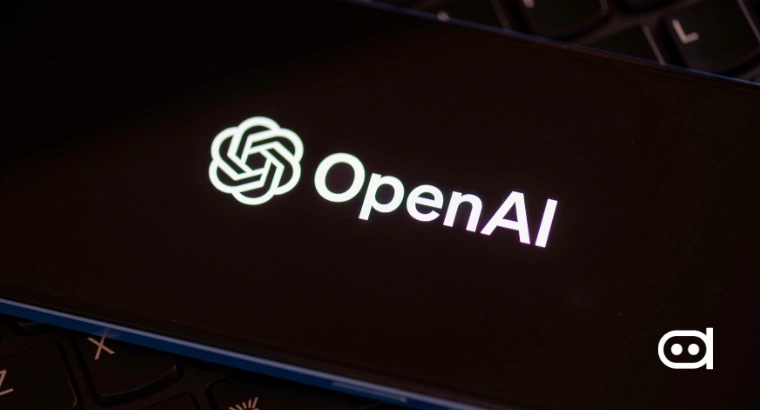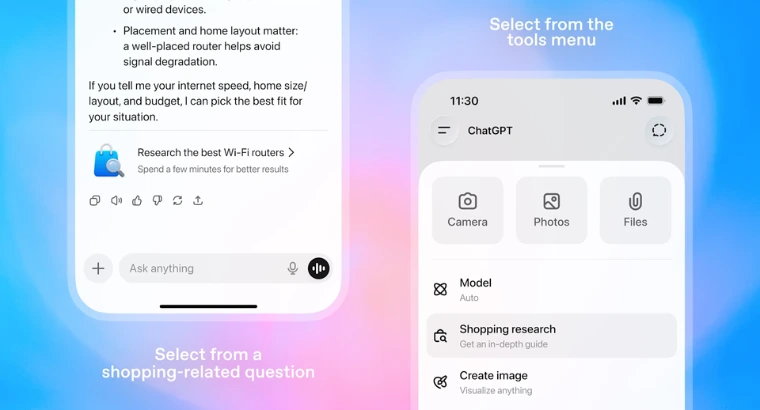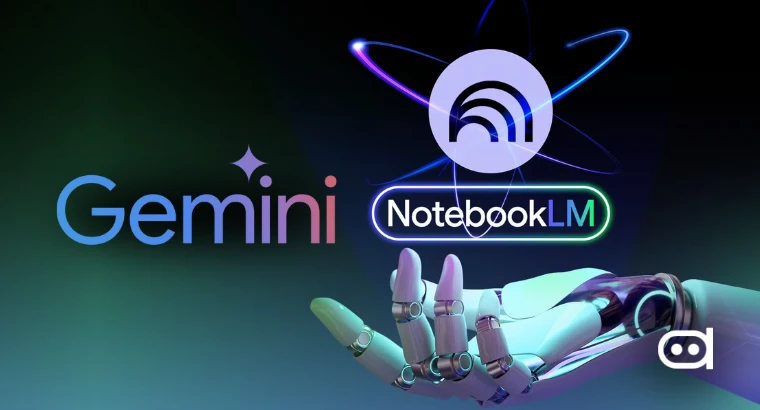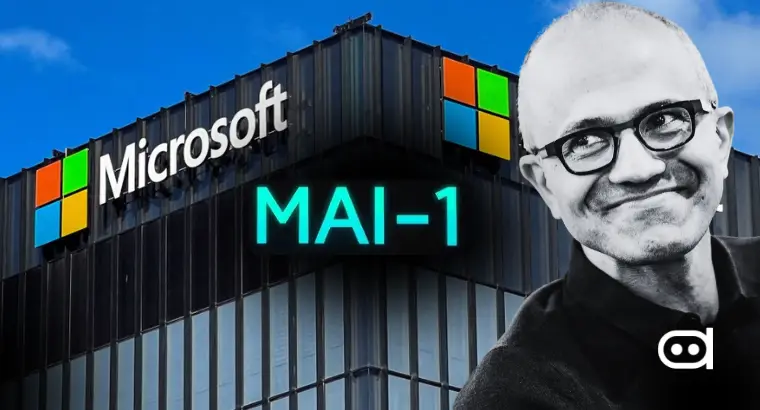
Key Highlights:
- MAI-Image-1 debuts in the top 10 text-to-image models on LMArena, marking Microsoft’s first fully in-house developed image generation model.
- Excels at generating photorealistic imagery, including lighting effects (bounce light, reflections), landscapes, and detailed scenes with speed and quality balance.
- Trained with rigorous data selection and feedback from creative industry professionals to avoid repetitive or generic outputs, delivering visual diversity and flexibility.
- It will be available soon in Copilot and Bing Image Creator, following the MAI-Voice-1 and MAI-1-preview models launched in August 2025.
Microsoft has announced MAI-Image-1, its third in-house AI model, and its first image generation system developed completely from scratch. The model comes in at the top 10 list of text-to-image conversion models on LMArena, signaling the change in Microsoft’s strategy of relying more on the development of AI technology done in-house rather than through its long-term partnership with OpenAI.
Meet our third @MicrosoftAI model: MAI-Image-1
— Mustafa Suleyman (@mustafasuleyman) October 13, 2025
#9 on LMArena, striking an impressive balance of generation speed and quality
Excited to keep refining + climbing the leaderboard from here!
We're just getting started.https://t.co/33BiNfIjPg pic.twitter.com/FMaXqiVIvS
Microsoft’s AI Model Portfolio Expands With MAI-Image-1
MAI-Image-1 is the third model after Microsoft launched two models earlier this year – MAI-Voice-1 and MAI-1-preview. MAI-Voice-1, a speech generation system, and MAI-1-preview, a large language model for text tasks only. Together, these three models represent Microsoft’s commitment to creating purpose-built AI systems that serve specific use cases across its product ecosystem.
By developing models in-house, Microsoft gains greater control over its technology and can integrate AI more seamlessly into core products like Windows, Office, Teams, Copilot, and Bing.
What Sets MAI-Image-1 Apart
Microsoft trained MAI-Image-1 with the goal of delivering genuine value for creators, putting significant effort into avoiding repetitive or generically-stylized outputs that plague many image generation models. The company also chose strict data selection and subtle evaluation oriented towards tasks very similar to the real-world creative use cases, and along with that, incorporating feedback from professionals in creative industries.
The model is supposed to offer the utmost flexibility, visual variety, and utility. MAI-Image-1, in particular, is one of the best photorealistic image generators on the market, including the most difficult lighting effects such as bounce light and reflections, and spectacularly detailed landscapes and scenes. The comparison of this photorealistic quality with that of many larger models in the market is particularly remarkable.
The merging of speed and quality allows the users to bring their ideas to the screen quickly, make a few iterations through concepts, and finally transfer their work to other tools for further polishing. This workflow-friendly method is indicative of Microsoft’s perception of how creators actually work rather than seeing image generation as a separate task.
Real-World Applications and Examples
Microsoft has given several samples showing the power of MAI-Image-1 and its range of capabilities. The model can visualize over-the-top scenes like a roadrunner bird dashing across a hot, barren desert sizzling with dust, under a bright blue desert sky with far-off mesas bathed in sunlight. It handles urban scenes equally well, producing images of a young man walking across a city street at sunset with buildings, outdoor café seating, and dramatic golden lighting.
The model also handles text integration within images, as demonstrated by an example showing “MAI-Image-1” spelled out in wet sand on a beach during sunset and with calm waves lapping and a bright orange sky above it. This ability to change through different photorealistic scenes, lighting conditions, and integrated texts makes it fit for a variety of creative applications.
If you want to explore tools that turn ideas into stunning visuals? Don’t miss our curated list of the Best AI Image Generators
Availability and Integration
MAI-Image-1 is available for testing in LMArena as of now, where users have the chance to play with the model and give their remarks. Microsoft announced that the model will be integrated into Copilot and Bing Image Creator “very soon,” making it accessible to the hundreds of millions of users who rely on these tools daily.
This union will not only incorporate but also enhance the existing AI features in Microsoft products. MAI-Voice-1 has already been a great supporter of functions like “Copilot Daily,” which provides news highlights via an AI narrator and can also simulate podcast-style dialogues. The MAI-1-preview is currently being offered on a limited scale for certain text-based cases in Copilot.
